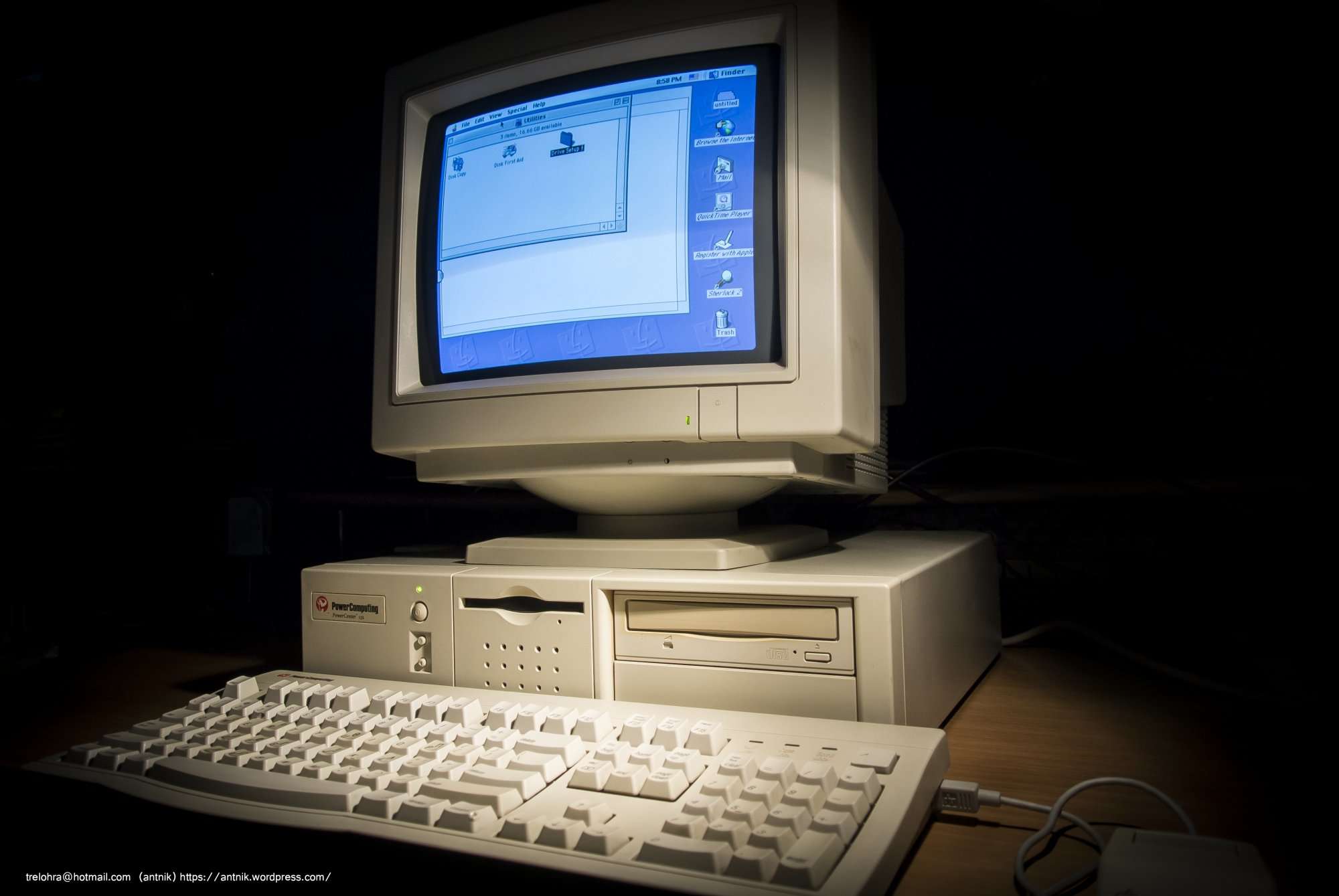

Power Computing’s boss reaches an agreement with Apple CEO Gil Amelio concerning the forthcoming Mac OS 8. The deal allows the company to start making moves toward an IPO as the fastest-growing PC company of the decade. Things don’t turn out very well, though.
The rise of Power Computing and its Mac clones
Founded in November 1993, Power Computing set out to sell Mac clones by mail. With Dell’s mail-order computer business proving itself in the marketplace, Power Computing founder Stephen Kahng correctly surmised that a Mac version would do the same.
The company started talks with Apple in April 1994. By the end of that year, Power Computing secured a deal with Cupertino. (Soon, another Mac clone-maker, Radius, would follow in Power Computing’s footsteps.)
Why the deals to allow Mac clones? Facing big challenges like the impending Windows 95, Apple was starting to struggle in 1994. In fact, the company was about to enter the worst phase of its history. As a result, an increasingly desperate Cupertino tried things it wouldn’t previously entertain — like making its own video game console.
Clone Macs yield success
Power Computing released several Macintosh clones. These included the 1997 PowerTower and PowerTower Pro, which proved impressively fast for their day.
By 1997, the Mac clone-maker was doing extremely well. The June 4 agreement with Amelio meant that, later that month, the company started seriously pursuing an IPO. (The tech industry raced to embrace this sort of strategy, which helped cause the dot-com crash not long after.)
As The New York Times noted at the time, Power Computing was headed toward $700 million in revenue per year. The company had “just agreed to purchase 150 acres in nearby Georgetown for a new, $28-million headquarters building.”
And then the fall
Power Computing’s fortunes reversed suddenly following a change in management at Apple. By July, Amelio was out as CEO and Apple co-founder Steve Jobs was back as interim CEO. And Jobs didn’t like clone Macs.
By August 5, 1997, Apple became locked in a standoff with Power Computing. By September 2, Apple agreed to acquire the clone-maker’s customer list and Mac OS license for $100 million in AAPL stock and $10 million to cover all outstanding debts and costs. Early in 1998, Power Computing shut down for good.
Talk about a whirlwind rise and fall!
Do you remember the era of clone Macs? Did you even perhaps own one? Let us know your memories in the comments below.






